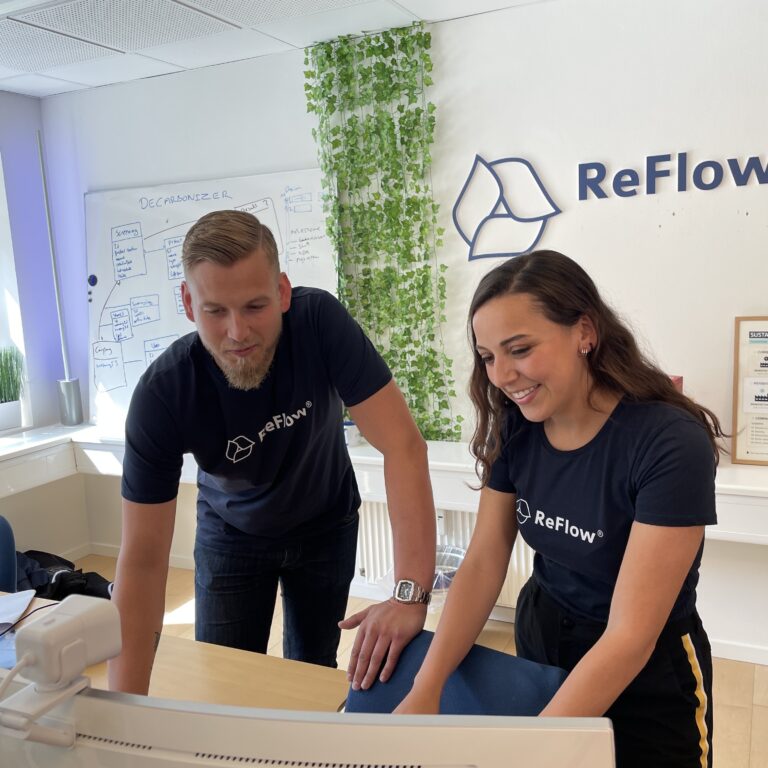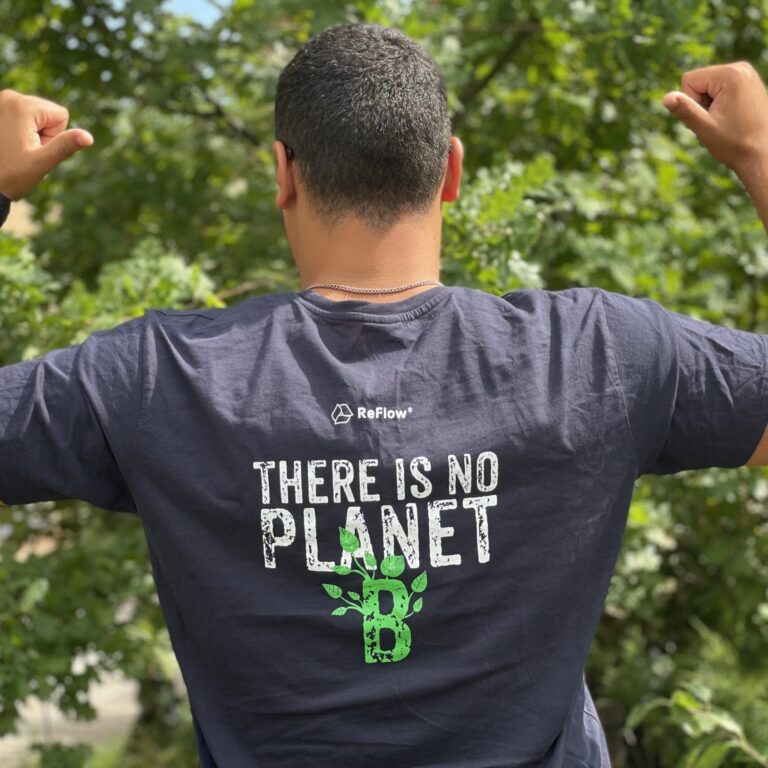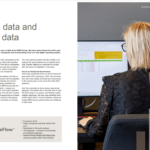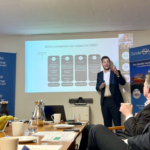Life Cycle Assessments for the Climate
– A tool for the future of the circular economy
Life cycle assessments, commonly known as LCAs, go beyond classical approaches to assessing environmental consequences of products, industries, and company actions. LCAs provide companies a more in depth understanding of the impacts they have on the environment by accounting for more stages than just the use stage.
Taking the emissions released from the distribution stage, for instance, is also important to consider when accurately calculating your overall emissions. Think of a truck with heavy cargo on its way to a warehouse or factory – emissions are created during this necessary process of transporting a product or getting it to its final destination. This is the case with all the stages within a life cycle assessment.
The Circular Economy
A circular economy goes beyond the typical buy, sell, and dispose mentality. This closed loop thinking incorporates holistic and environmentally preferable solutions to a products’ life cycle, often by factoring in stages like reuse and recycling.
An LCA tool or a carbon footprint calculator is a good instrument which can be utilized to understand the most optimal ways for a product to best engage within the EU circular economy and become environmentally preferable products.
Cradle-to-Cradle & Cradle-to-Grave
Conducting an LCA on the granular level starts from the point of extracting the raw materials all the way up until the complete and eventual disposal of a product. This is commonly known as cradle-to-grave which is where the life cycle assessment gets its name. Cradle-to-grave refers to all of the stages the product experiences up until the point of which it is disposed of or no longer being used. However, incorporating additional stages such as recycling and refurbishment, adds a cradle-to-cradle concept which becomes necessary when engaging in a circular economy.
Other steps such as what occurs during resource processing, manufacturing, recycling, and disposal are also taken into account when calculating overall environmental impacts. Cradle-to-cradle provides a more holistic approach to life cycle analysis and incorporates circular thinking. With cradle-to-cradle, a products’ creation as well as its disposal and even actions beyond like recycling and repurposing as included. This is important because LCAs can aid in pinpointing hotspots where environmental impacts are greatest in a products life which, often as not, is not always the use stage.
Oftentimes the greatest environmental impact from a product can be found within the manufacturing or disposal stage where unfavorable methods are used and materials go to waste or where disposing of a product demands extensive steps to ensure safety to the public.

Carbon Footprint & Environmentally Preferable Products (EPP)
The carbon footprint is generally defined as the calculated output of Carbon dioxide and equivalents (CO2e) from any and all activities–anything from driving a car, to charging your phone, and even your new purchases.
Environmentally preferable products (EPP) or Sustainable Products (SP) take this carbon footprint into consideration and are generally defined as products and services that have a lesser or reduced effect on human health and the environment when compared to competing products or services that serve the same purpose.
The carbon footprint of products or activities can be calculated using a carbon footprint calculator where the results represent the quantity of CO2e emissions released into the atmosphere, thereby making it easier to assess products or activities on an environmental level.
Examples of environmentally preferable products can include:

Greenwashing
Greenwashing refers to when companies and organizations mislead their consumers or audiences by making them believe that a product, service they provide, or the organization itself is environmentally friendly or sustainable, when it is not. Deceptive claims that refer to products as environmentally friendly when important factors essential in accurately calculating the carbon footprint of the product are neglected often constitute greenwashing throughout many industries.
So how do you avoid greenwashing?
Being transparent on your calculations and method is one of your most powerful tools in avoiding claims of greenwashing. This means sharing how you perform your calculations and sharing your results with your value chain and the public.
The Makeup of Life Cycle Assessments
According to ISO 14040 and ISO 14044 – the leading standards for LCAs – an LCA is performed in four main phases or steps:
All in all, LCAs are a powerful tool in that they can help empower decision makers to engage in different methods and facilitate strategies that allow them to incorporate granular environmental thinking into their products.








